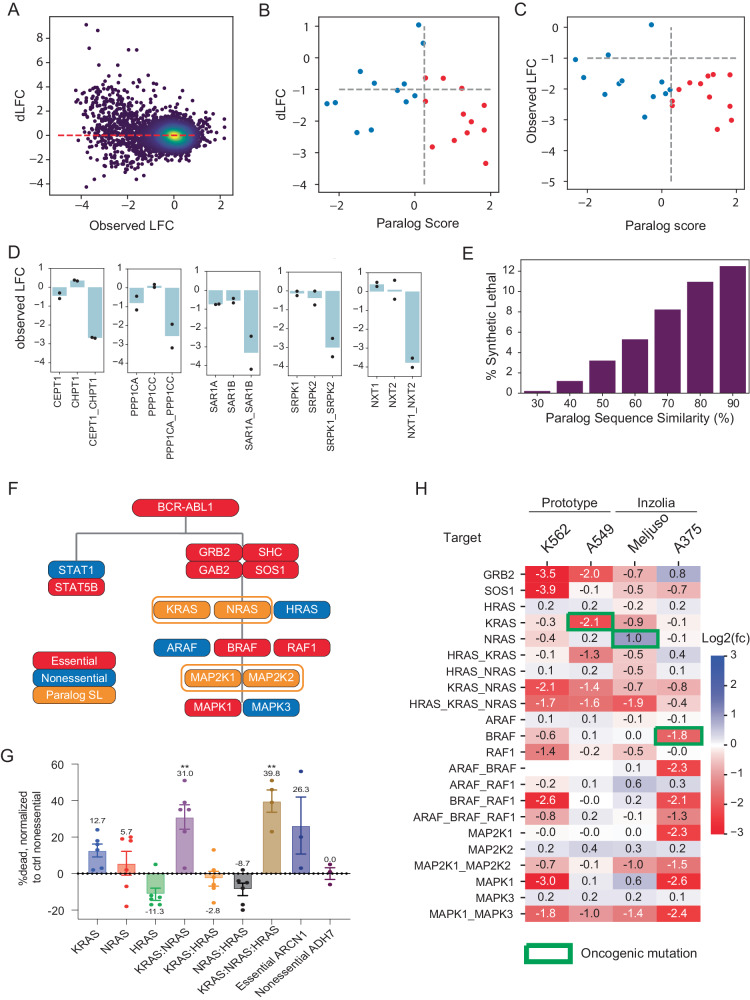Fig. 4. Paralog synthetic lethality with Inzolia.
A Fold change vs. dLFC for >4000 paralog families in MELJUSO cells. B dLFC vs. Paralog Score from meta-analysis of published paralog screens. Red, Paralog Score > 0.25. Blue, Paralog Score <0.25. Of 12 paralogs with score > 0.25, 9 show dLFC < −1 in MELJUSO cells. C Fold change vs. paralog score in MELJUSO cells, color as in B. Most scored paralogs are essential, regardless of synthetic lethality. D Selected synthetic lethals in MELJUSO cells showing single and double knockout fitness phenotype. Bar chart, mean fold change. Points indicate fold change of single array of gRNA (mean of 2 replicates). E Fraction of synthetic lethal paralogs by amino acid sequence similarity in MELJUSO cells. F Pathway activation by BCR-ABL1 fusion in K-562 cells. Red, essential gene in in4mer screen; blue, non-essential; orange, synthetic lethal paralog pair. G Fraction of dead cells, normalized to controls, for single, double, and triple knockouts of RAS genes in K-562. Two clones were used for each gene/gene combination, and three technical replicates were maintained for each clone, n = 6 for each condition/group. KRAS-NRAS double and KRAS-NRAS-HRAS triple knockout show significantly increased cell death compared to negative control (**P < 0.01, one-way ANOVA). Data represented as mean ± SEM. ARCN1, control essential gene. ADH7, control non-essential gene. H Single, double, and triple knockout phenotype of RTK/MAP kinase pathway genes in all four cell lines. White, target not in library. Green outline, known oncogenic mutation. Source data are provided as a Source Data file.

